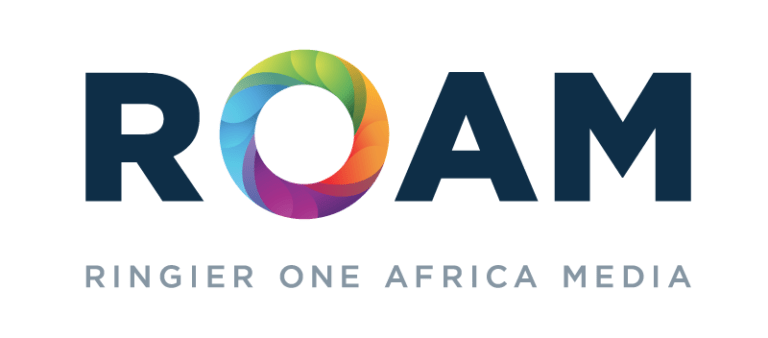By Femi Balogun, Monitoring, Evaluation & Research Specialist at Jobberman Nigeria.
An increase in technology adoption in businesses will see an estimated 46% of work activities in Nigeria susceptible to automation according to the World Economic Forum. COVID-19 is accelerating the development of digital businesses and simultaneously changing the landscape of the jobs market for young people. But how ready is Nigeria’s booming youth population to take on these new digital job roles?
With a population of approximately 200 million, Nigeria is home to half of West Africa’s young people, estimated at over 100 million, between the ages of 15-35 years old. In theory, this would appear to be the ideal mass community to power the Fourth Industrial Revolution. However, the current state of the labour market highlights a far from ideal reality; at first glance, one out of three young people are unemployed and recent data revealed jobseekers are applying for more than 20 jobs per day. According to the Nigerian Bureau of Statistics, underemployment amongst youth between 15 – 34 years rose to 57% in Q2’2020. This, in part, suggests that young people are either underpaid or holding positions in the workplace they are overqualified for. Also, more women are unemployed as 63% are more likely to be unemployed or underemployed than men (43%). This means that 3 in 5 women are either unemployed or underemployed.
Further, observation shows the standout issues impacting youth unemployment and underemployment are largely linked to more people entering the labour market than the number of jobs being created at any point in time. For instance, in 2018, Nigeria only created about 450,000 new jobs while over 5 million people joined the labour force. This led to an increase in the number of the unemployed by 4.9 million people in the same year. Not to mention a widening gap of hard and soft skills, where the skills of the labour force fail to match the requirements of employers.
Identifying the digital skills gap
A closer look at the digital sector reveals an overwhelming skills gap based on competencies assessed in three sub-sectors – Software Development Digital Analysis and Network & Cybersecurity. Within the Software Development cluster, for instance, our findings indicate that 73% of jobseekers rate their proficiency at a beginners level across skills such as computer programming, cloud infrastructure, UI/UX, web design, mobile development and design thinking. A similar pattern exists within the competencies assessed in the Digital Analysis and Network & Cybersecurity clusters. Across the three clusters, there is a demand gap for positions such as Security Engineering, Data Science, Cyber Security and Security Architecture with a demand scale ranging between 10% and 45%.
However, within the Digital Marketing sub-sector, the data suggests growing competencies in the areas such as social media management and content development with proficiency ratings above 40% at advanced levels. However, there appears to be a skills gap in Sales, Marketing Campaigns and Search Engine Optimisation with proficiency levels as low as 8.13% and no higher than 16.92%. Within the Digital marketing cluster, we found demand gaps in roles such as CRM and Email Marketing as well as Digital Strategy with a demand scale of 33% and 46% respectively.


